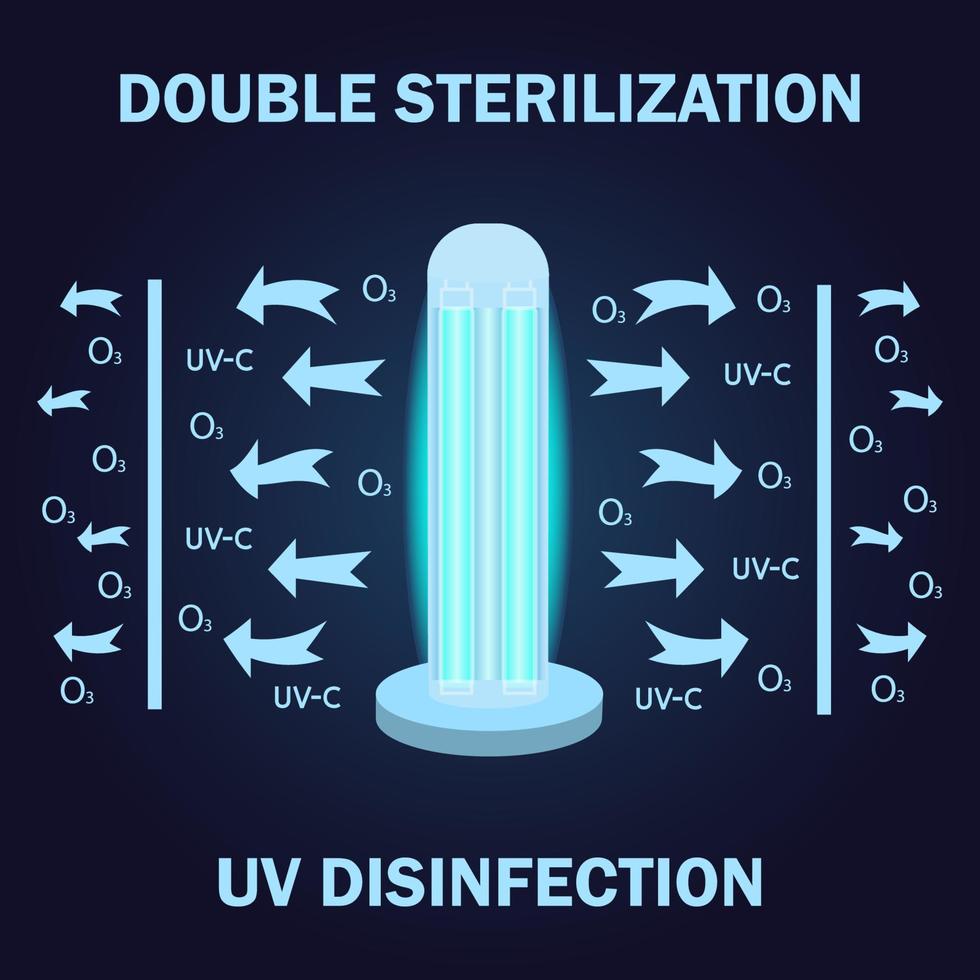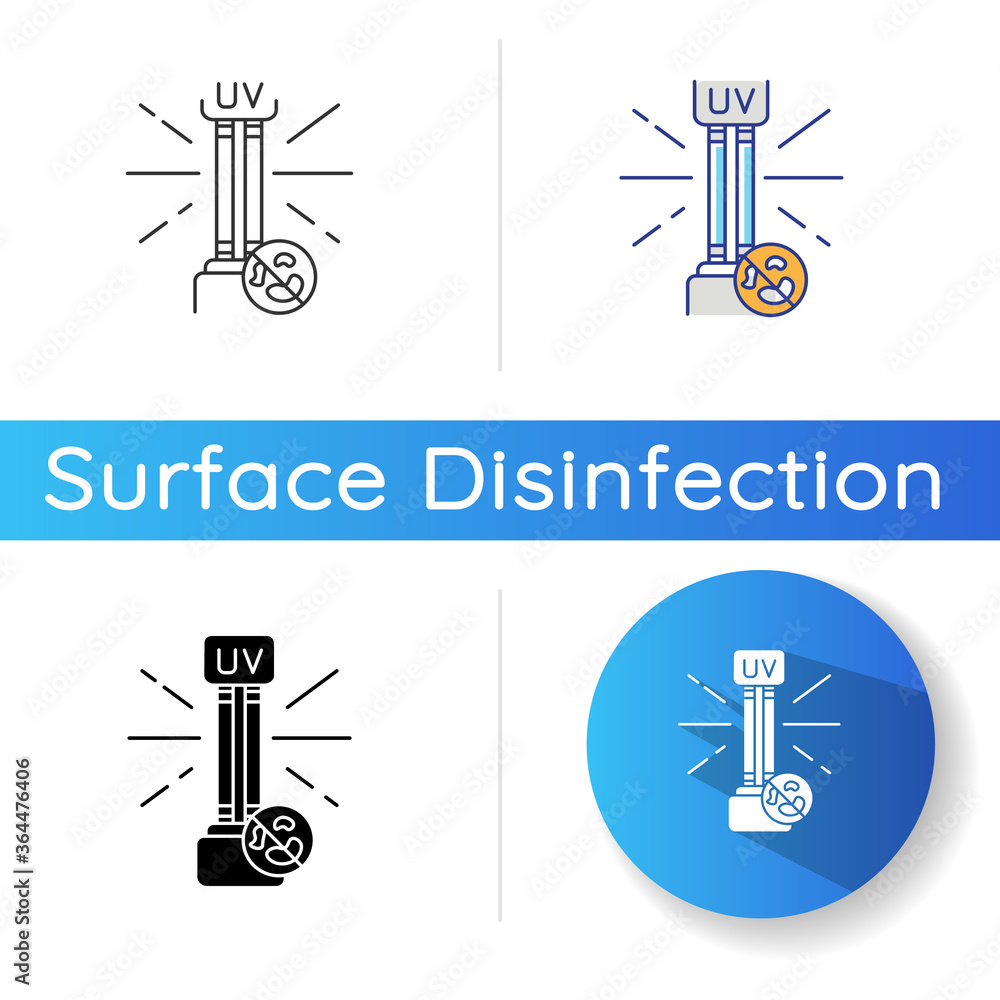Introducing the Perks of UV Sanitation: Making Sure Disinfected and clean Areas
In the age of heightened understanding surrounding health and cleanliness, the value of reliable disinfection techniques can not be overemphasized. While conventional cleansing methods have long been trusted, innovations in innovation have actually introduced an ingenious remedy that makes certain tidy and disinfected areas: UV disinfection. By using the power of ultraviolet light, this approach has obtained acknowledgment for its capacity to remove dangerous pathogens and provide a detailed sanitization process. Nonetheless, the advantages of UV disinfection extend far past its efficiency. This conversation will check out the scientific research behind UV disinfection, its performance on various pathogens, its applications in different setups, and the advantages it holds over standard methods. In addition, we will certainly explore the safety factors to consider that should be thought about when carrying out UV sanitation. Prepare to reveal a brand-new dimension of tidiness and find the untapped capacity of UV disinfection.

The Scientific Research Behind UV Disinfection
UV sanitation is a scientifically tried and tested method that uses ultraviolet light to get rid of harmful bacteria from surface areas and water. The scientific research behind UV disinfection hinges on the capability of UV-C light to harm the DNA and RNA of microbes, rendering them unable to replicate and creating their eventual death. UV-C light falls within the wavelength series of 200 to 280 nanometers, which is extremely efficient in ruining microorganisms, infections, and various other pathogens.
When exposed to UV-C light, the genetic product of microbes absorbs the energy from the light, resulting in the formation of thymine dimers. These dimers interfere with the normal replication and transcription processes of the bacteria, hindering their capacity to survive and reproduce (uv surface disinfection). The DNA and RNA damages created by UV-C light is lethal to the microorganisms, making UV disinfection a reputable and efficient technique for eliminating a wide array of microorganisms
UV sanitation is especially useful in settings where conventional chemical disinfectants may be inadequate or unwise. It is a non-chemical technique that does not leave any type of deposits or harmful by-products, making it secure for use in food processing, healthcare facilities, water treatment plants, and various other industries. UV disinfection is eco friendly, as it does not add to the advancement of antibiotic-resistant bacteria or various other damaging pollutants.
Performance of UV Disinfection on Virus
The efficiency of UV sanitation in getting rid of pathogens has actually been extensively examined and proven in countless scientific studies. UV radiation has the capability to inactivate a large range of microbes, including microorganisms, fungis, and viruses, by harming their DNA or RNA. This prevents them from replicating and triggering infections.
One research released in the American Journal of Infection Control discovered that UV sanitation was efficient in lowering the presence of several drug-resistant bacteria in medical facility areas. Another study carried out by the National Institute for Occupational Safety and Health demonstrated that UV sanitation was able to get rid of 99.9% of the flu infection on surface areas.
UV sanitation has additionally revealed pledge in combating the spread of healthcare-associated infections (HAIs) According to a research published in The Lancet, making use of UV-C light in enhancement to typical cleaning protocols considerably minimized the occurrence of HAIs in a medical facility setup.
Moreover, UV sanitation has actually confirmed to be reliable versus arising virus, such as the extreme intense respiratory syndrome coronavirus 2 (SARS-CoV-2), which creates COVID-19. A study conducted by the National Emerging Contagious Diseases Laboratories demonstrated that UV-C light can suspend the infection on surface areas within secs.
Applications of UV Sanitation in Various Settings
With its tried and tested performance in removing virus, UV disinfection has found applications in a selection of setups. UV sanitation is additionally advantageous in water treatment plants, where it is made use of to eliminate harmful bacteria and offer risk-free alcohol consumption water.
An additional vital application of UV sanitation impends purification sector. UV air cleansers are utilized in residential, business, and industrial setups to eliminate air-borne germs, infections, and mold and mildew spores. This technology is particularly beneficial in atmospheres where individuals are extra vulnerable to respiratory infections, such as hospitals, colleges, and office complex.
Furthermore, UV sanitation is progressively being used in mass transit systems, such as trains and buses, to maintain tidy and sterilized rooms for travelers. UV light is used to decontaminate surfaces and air inside the cars, lowering the threat of spreading infectious illness.
Benefits of UV Sanitation Over Typical Methods
In comparison to conventional approaches, UV disinfection provides a series of distinct advantages that make it a preferable choice in numerous sectors and settings. One significant benefit is its efficiency versus a large array of microbes, including infections, fungi, and microorganisms. Unlike chemical anti-bacterials that may have limited efficiency versus particular virus, UV sanitation is a non-selective procedure that can eliminate or suspend a wide range of dangerous microorganisms.
One more advantage of UV sanitation is its capacity to provide reliable and quick sanitation. Traditional disinfection approaches often require longer contact times or multiple steps to achieve the wanted degree of sanitation. On the other hand, UV light can supply prompt and continuous disinfection, lowering downtime and boosting performance in different applications.
UV disinfection also provides a safe and environmentally friendly choice to traditional disinfection approaches. uv surface disinfection. Unlike chemical representatives, UV light does not leave any harmful residues or spin-offs, making it appropriate for use in sensitive environments such as food here handling centers, healthcare settings, and water therapy plants
Moreover, UV sanitation is a cost-efficient solution in the future. While the upfront financial investment for UV sanitation systems might be greater than traditional methods, the functional costs are usually reduced. UV lamps have a long lifespan and require minimal maintenance, resulting in decreased labor and replacement expenses.
Safety And Security Factors To Consider for UV Sanitation
Taking into consideration the prospective threats associated with UV sanitation, it is important to resolve the security factors to consider associated with applying this innovation. UV disinfection makes use of ultraviolet light to eliminate or suspend bacteria, making it a Website reliable method for disinfecting different surface areas and items. It is important to understand that UV radiation can additionally posture risks to human health and wellness if correct safety measures are not adhered to.
Firstly, direct exposure to UV radiation can trigger harm to the skin and eyes. Extended exposure can bring about sunburn, skin damages, and also a boosted danger of creating skin cancer. It is important to ensure that UV sanitation systems are effectively confined and geared up with safety and security features such as automatic shut-off systems or activity sensors to stop unexpected exposure.

Moreover, appropriate training and education and learning are necessary for those responsible for operating UV disinfection systems. They ought to know the prospective hazards, recognize the security methods, and know exactly how to handle and maintain the equipment properly.
Conclusion
In final thought, UV sanitation offers numerous advantages in making certain tidy and sterilized spaces. Its effectiveness in eliminating pathogens has been verified through clinical research. UV disinfection can be applied in various setups, consisting of health care centers, food processing plants, and water treatment systems. Contrasted to conventional methods, UV sanitation has advantages such as faster disinfection times, marginal chemical use, and no hazardous byproducts. Safety and security factors to consider have to be considered to protect against possible threats linked with UV direct exposure.
UV disinfection is a clinically proven technique that utilizes ultraviolet light to eliminate damaging bacteria why not try these out from surfaces and water. The DNA and RNA damage created by UV-C light is lethal to the bacteria, making UV sanitation a dependable and effective method for killing a wide array of pathogens.
An additional advantage of UV disinfection is its capability to provide reliable and rapid disinfection. UV sanitation uses ultraviolet light to kill or inactivate bacteria, making it an efficient method for sanitizing numerous surface areas and objects. Contrasted to typical approaches, UV sanitation has benefits such as faster sanitation times, marginal chemical usage, and no unsafe results.